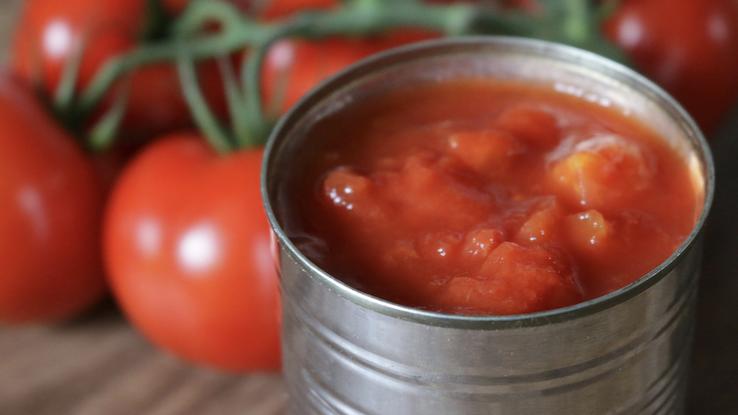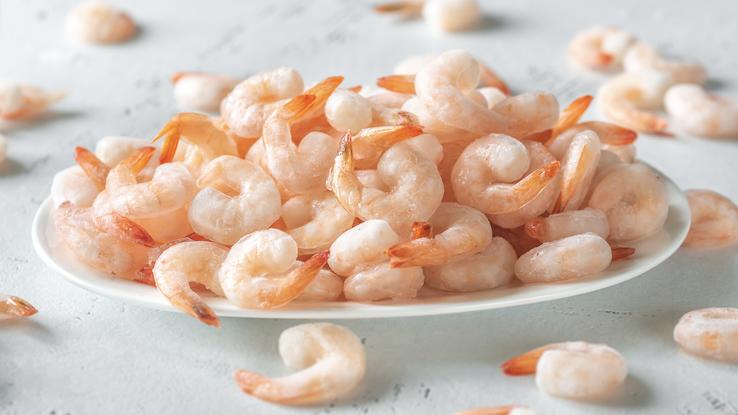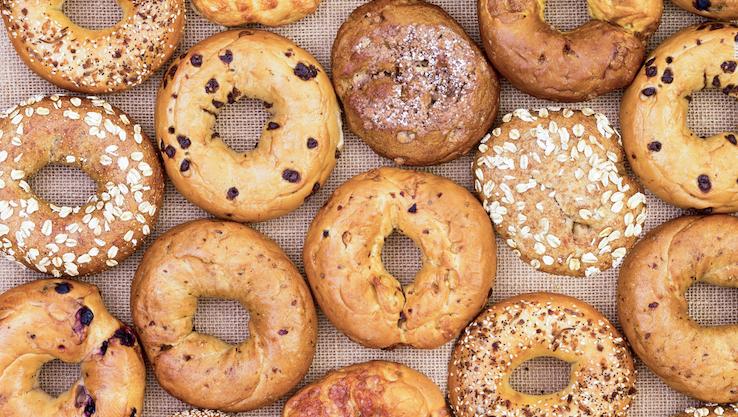
Most Americans get way more sodium (salt) than they need each day. And eating too much salt can lead to health problems, like high blood pressure. Experts recommend that healthy adults get no more than 2,300 mg (milligrams) of sodium each day. People with high blood pressure may need to limit sodium even more.
It’s always a good idea to check the label and see how much sodium is in the products you buy — because sodium might be hiding where you least expect it.
What Foods Are High in Sodium?

Some high-sodium foods are easy to spot, because they taste so salty. Foods like pizza, tacos, deli meats and instant noodles are usually very high in sodium. But when foods seem healthy or don’t taste super salty, it can be hard to tell how much sodium you’re getting.
Check out these eight foods and drinks that are surprisingly high in sodium.
1. Fancy Coffee Drinks

You may think a super-sweet coffee drink is the last place you’d find salt. But these sugary treats can also hide a ton of sodium! For example, a 16-ounce coffee Frappuccino at Starbucks has 230 mg of sodium — and that’s 10 percent of the daily recommended limit in just one drink. So next time you’re at the coffee shop, consider skipping the fancy confections.
2. Salad Dressing

Salads can be a healthy way to get your veggies, but dressings at restaurants and the grocery store can be high sodium — some up to 160 mg of sodium per tablespoon! For a lower-sodium option, try making your dressings at home or buying dressings labeled “low sodium.”
3. Chocolate Milk

Just like fancy whipped coffee drinks, chocolate milk is a sugary treat that’s surprisingly sodium-rich. One cup of chocolate milk can have up to 200 mg of sodium, depending on the brand. So read the labels to find a version that’s lower in sodium, or make your own chocolate milk at home with lower-sodium ingredients.
4. Tomato Sauce

Tomato sauce is another salty shocker. Most packaged tomato sauces tend to have a lot of sodium — up to 400 mg in just a quarter cup! Look for a no-salt-added version of your favorite brands, or make a delicious tomato sauce at home and go easy with the salt shaker.
5. Canned Vegetables

Like tomato sauce, canned veggies can pack a lot of hidden sodium. For example, some brands of canned green beans can have up to 600 mg of sodium per cup. Try rinsing canned veggies before you use them to wash off some of the salt, and choose versions labeled “low sodium” or “no salt added.” Or buy fresh or frozen veggies instead.
6. Frozen Shrimp

Shrimp can be a healthy source of protein — but packaged frozen shrimp often has sodium added for flavor, moisture and as a preservative. And the sodium gets even higher if you choose frozen versions that are breaded or come with a sauce. So next time you want shrimp, try buying it fresh or choosing a frozen version with less sodium.
7. Bagels and Bread

Bread and bagels may not taste very salty, but they can contain a ton of sodium. A typical bagel without cream cheese can have up to 500 mg of sodium. A slice of white bread may have only 100 to 200 mg, but if you have more than one slice each day, it can really add up! That doesn’t mean you need to skip your morning toast — just be aware that bread can add to your daily sodium tally.
8. Cereal

Cereals may taste sweet — but many people don’t know that even healthier cereals can contain a fair amount of sodium. For example, one cup of Fiber One’s Honey Clusters cereal has 200 mg. So if you’re trying to cut back on salt, opt for the low-sodium cereal options next time you’re at the grocery store.
Resource Links:
- “Limit Sodium” via MyPlate (U.S. Department of Agriculture)
- “Cut Down on Sodium” via Dietary Guidelines for Americans (Office of Disease Prevention and Health Promotion)
- “Dietary Sodium and Health” via Journal of the American College of Cardiology
- “Sodium and Health” via British Medical Journal
- “Is Too Much Salt Harmful?” via Pediatric Nephrology
- “Sources of Dietary Sodium in Food and Beverages Consumed by Spanish Schoolchildren” via Nutrients





